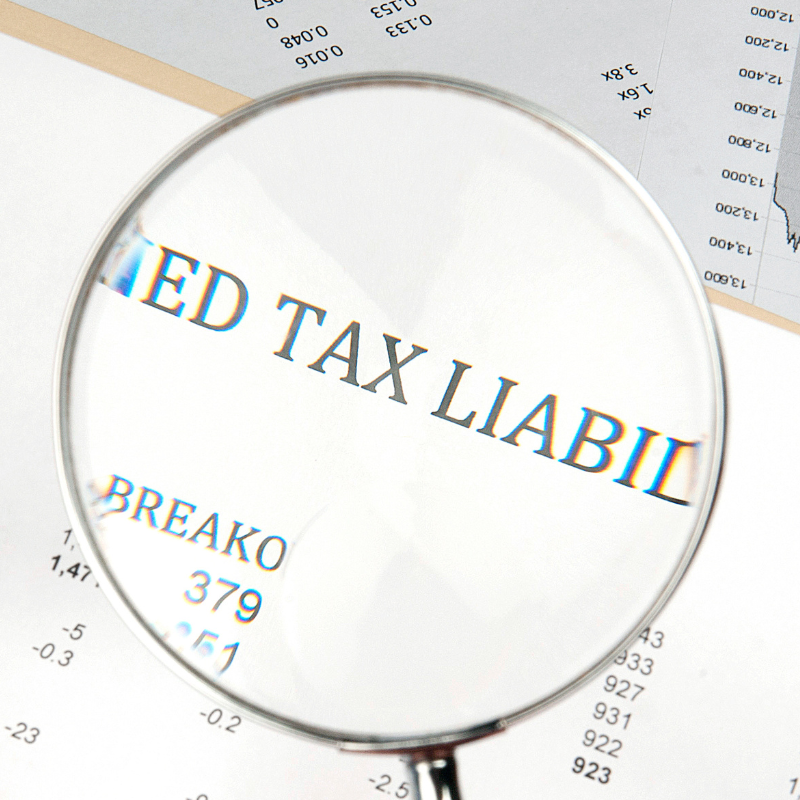Originally published in November 2022
Lease accounting for lessees has been a hot and widely discussed topic for several years and the new standard under generally accepted accounting principles (“GAAP”), Accounting Standards Codification (“ASC”) 842, Leases, became effective for private companies with fiscal years beginning January 1, 2022, and later.
The relative lack of buzz in the insurance industry resulted from the National Association of Insurance Commissioners’ (“NAIC”) decision not to adopt the significant elements of ASC 842 as part of Statements of Statutory Accounting Principles No. 22R, Leases. Under SSAP No. 22R, all leases are considered operating leases and rental expense is recognized on a straight-line basis over the lease term without recognition of a right-to-use asset or lease liability.
To make it abundantly clear to those reporting under statutory accounting principles, SSAP No. 22R explicitly states in paragraph 19:
Statutory accounting rejects the recognition of a right-to-use lease asset and the associated lease liabilities.
SSAP No. 22R should be familiar to insurance companies reporting on the statutory basis as it has been effective since January 1, 2020.
Insurance Entities With GAAP Reporting Requirements
For those insurance entities with GAAP reporting requirements, the new standard requires companies to record substantially all leases on their balance sheets through the recognition of a right-to-use asset and a lease liability. This will be a significant change for tenants who, under the previous standard (ASC 840), had largely recorded their leases off their balance sheets and focused on associated footnote disclosures of rental expense, future lease commitments, and other relevant terms. The accounting for landlords will not substantially change under the new standards, except for accounting for some of the costs associated with obtaining a lease. Under ASC 840, costs associated with obtaining a lease were capitalized to the balance sheet and amortized over the life of the lease.
Changes to Initial Direct Costs Under ASC 842
Under ASC 842, the definition of initial direct costs changes. Initial direct costs are now defined as expenses that would not have been incurred if the lease had not been executed and will continue to be capitalized and amortized over the life of the lease (a commission to a broker, for instance). Initial indirect costs that are incurred whether the lease is executed or not are now just expensed as incurred. For example, legal fees incurred to negotiate a lease are going to be incurred whether the lease is ultimately executed or not. Under the new standards, these costs will be expensed as incurred.
Increase in Assets and Liabilities Under ASC 842
Another consideration for insurance companies reporting under GAAP is the impact the significant increases in assets and liabilities arising under ASC 842 can have on its ratios and its debt covenants. Insurers should understand the impact of the implementation of the standard will have on its ratios and debt covenants and take steps to work with interested parties (regulators, lenders, etc.) to ensure they understand the impact and to amend agreements as deemed necessary.
Authors: Isabelle Wissocki, CPA | [email protected] and Shawn Gillon, CPA, Partner | [email protected]
Contact Us
For more information on this topic, please contact a member of Withum’s Insurance Services Team.



